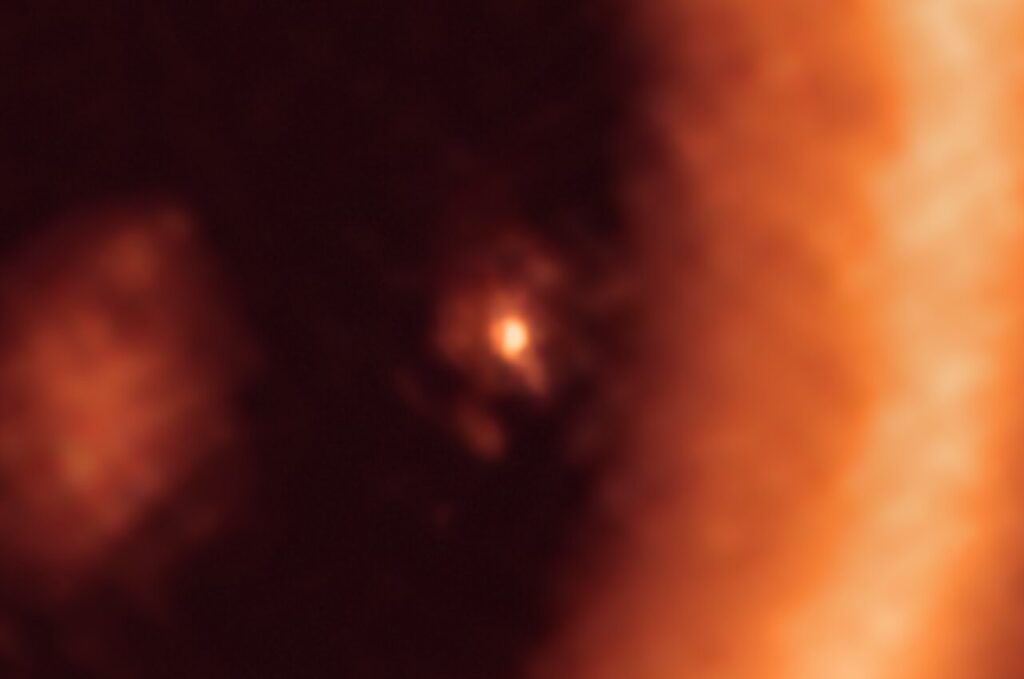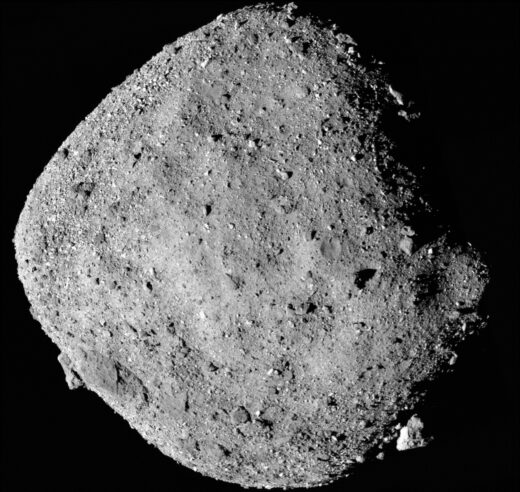Exomoon in Formation!
The Earth’s Moon shines brightly in our sky, and we just take it for granted. But it’s so bright because it is so close to our planet. Moons shine by reflected starlight, so the smaller and farther away the moon is, the harder it is to see. In fact, we are still discovering moons in our own solar system.
We know of over 4000 other solar systems, with over 5400 exoplanets in total. Most of these worlds have been discovered as the planet blocks some of the light of its star while passing in front of it from our point of view. Many of the others have been detected by their gravitational effect on the star they orbit, altering the spectrum of the light we observe from the star. Direct images of exoplanets are difficult to obtain because they are far away and often lost in the glare of their star. So, you can imagine how difficult it is to capture an image of a moon around an exoplanet, an exomoon!
That is No Moon
To date, there are no confirmed exomoons. However, we have likely seen a moon in the process of formation. How is that possible?

Astronomers used the Atacama Large Millimetre/submillimeter Array (ALMA) to observe the star system known as PDS 70, located in the constellation Centaurus about 400 light-years away from our solar system. This is a young star system, likely only about 5 million years old (yes, that’s young in astronomy), so there is still gas and dust surrounding the star that is available to form astronomical objects, like moons. This system was already known to be home to two Jupiter-like planets, but what about moons?
One of those planets, known as PDS 70c, is about the same distance from its star as Neptune is from our Sun and is estimated to have a larger mass than Jupiter. From what can be seen in the ALMA images, PDS 70c has gathered a disk of material around it as the planet itself formed. In that disk, known as a circumplanetary disk, has enough material in it to form a few moons the mass of Earth’s moon. Because it is larger in size than a moon, the circumplanetary disk is easier to find than a fully formed exomoon.

That fuzzy blob surrounding the bright dot of the planet will likely be a moon someday!
If you enjoyed learning about this discovery, follow this page: Astronomy



